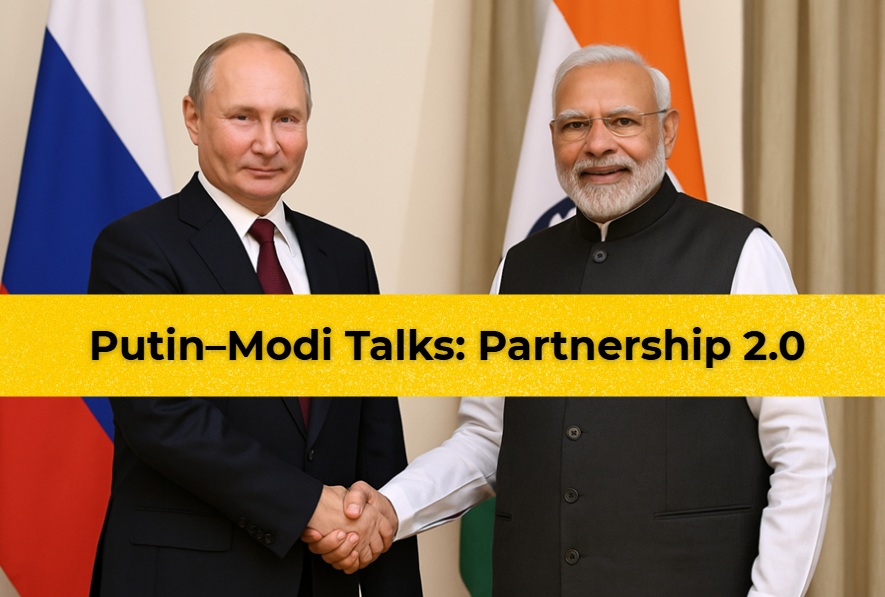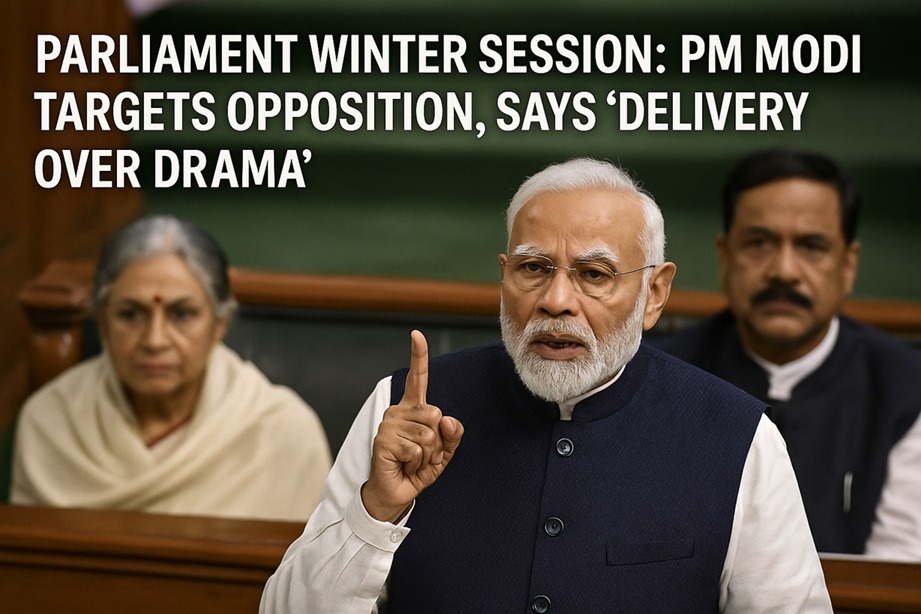Bahraich, Uttar Pradesh—A festive occasion turned violent on Sunday during the Durga Visarjan procession in Bahraich, leading to the tragic death of a young man and sparking widespread communal unrest. The immersion ceremony, marking the conclusion of the annual Durga Puja celebrations, spiraled into chaos when the Hindu procession, carrying the idol of Maa Durga, passed through a Muslim-majority area of the town. The resulting violence, involving stone-pelting, gunfire, and physical confrontations, has left the community in shock, with tensions mounting across the region.
The Incident: How a Festive Procession Became a Flashpoint
The trouble began when members of the Durga Visarjan Yatra were confronted over the high volume of music being played on a DJ system accompanying the procession. Local residents from the Muslim-dominated area objected to the loud music, which led to an exchange of words that quickly escalated into a physical altercation. According to eyewitnesses, the situation spiraled out of control when stones were hurled at the procession. In response, violence broke out, culminating in gunfire that claimed the life of a 22-year-old man named Gopal Mishra, a Brahmin who had been married only two months prior to the incident.
Mishra sustained a fatal bullet wound during the clash, and his death has sent shockwaves throughout the Hindu community. As the news of his killing spread, anger flared among local Hindus, leading to further violence in the area. Shops were vandalized, vehicles set ablaze, and several instances of arson were reported. The district administration was forced to suspend internet services to prevent rumors from fueling further unrest.
The Aftermath: Political and Social Repercussions
The Bahraich violence has drawn a strong reaction from political leaders and Hindu organizations across the country. Chief Minister Yogi Adityanath condemned the violence and vowed that those responsible for Mishra’s death would be brought to justice. He issued a stern warning, stating that the “rioters will not be spared under any circumstances.” In addition to ordering a swift investigation into the incident, Adityanath directed police officials to ensure the strictest possible action against the perpetrators and anyone whose negligence may have contributed to the escalation of violence.
Several individuals, reportedly involved in the clash, have been named in connection with the violence, including Abdul Sarfaraz, Sahir Khan, and Maroof Ali. Local authorities have since made arrests, and police forces have been deployed in large numbers to prevent further outbreaks of communal violence. A curfew has also been imposed in sensitive areas.
Meanwhile, the Vishwa Hindu Parishad (VHP) and other Hindu organizations have expressed their outrage, warning that if such incidents continue, there could be retaliatory violence from the Hindu community. VHP leaders have questioned why religious processions, particularly during Hindu festivals, are increasingly becoming targets of communal attacks, and have urged the Muslim community to consider the consequences of such actions.
Broader Implications: Religious Tensions and Political Fallout
This incident in Bahraich is not an isolated one. In recent years, there has been a pattern of communal disturbances during Hindu religious festivals across several states, including Uttar Pradesh, West Bengal, and Jharkhand. The recurring nature of such violence, often involving objections to religious processions passing through minority-dominated areas, has raised concerns about growing communal polarization in the country.
The Bahraich violence also has political undertones, with opposition parties being accused of downplaying or ignoring the severity of the situation for electoral gains. Leaders such as Akhilesh Yadav of the Samajwadi Party and Rahul Gandhi of the Congress have been criticized for not addressing the issue head-on. The ruling Bharatiya Janata Party (BJP) has accused these leaders of turning a blind eye to the violence and prioritizing their vote bank over justice for the victims.
Some political commentators have pointed out that the rise of communal tensions coincides with recent state elections, particularly in Uttar Pradesh, where the Samajwadi Party made significant gains. BJP leaders allege that such incidents of violence are being orchestrated by opposition parties to disrupt the peace and undermine the government’s authority. In response, opposition leaders have accused the BJP of politicizing communal violence to further their agenda.
Hindu-Muslim Relations: A Growing Divide?
The Bahraich violence underscores the fragile state of Hindu-Muslim relations in certain parts of India. While communal harmony has long been a cornerstone of India’s diverse cultural fabric, incidents like this one threaten to unravel that delicate balance. The clash in Bahraich, along with similar incidents in West Bengal, Jharkhand, and other states, highlights a growing sense of mistrust between communities, fueled by both political rhetoric and social tensions.
For many Hindus, the frequent targeting of their religious processions is a cause for concern. In several cases, processions for festivals like Durga Puja, Saraswati Puja, and Hanuman Jayanti have faced resistance or objections when passing through Muslim-majority areas. Some Hindu leaders argue that this reflects a growing intolerance toward their religious practices. They also point out that Hindu areas routinely accommodate Muslim processions and religious activities without incident.
On the other hand, some members of the Muslim community have raised concerns about the increasing presence of loud music and large gatherings during Hindu processions, which they claim disrupt their daily lives or coincide with their own religious practices. However, violent responses like stone-pelting and gunfire are widely condemned and seen as unjustifiable by leaders from both communities.
The Road Ahead: Calls for Calm and Justice
In the wake of the violence, there have been calls for calm and restraint from leaders across the political and religious spectrum. While the demand for justice for Gopal Mishra’s killing is loud and clear, there are also efforts to prevent further communal clashes. Chief Minister Yogi Adityanath has emphasized the need for law and order to prevail, assuring the public that legal action will be swift and fair.
At the same time, many observers caution against allowing the Bahraich incident to escalate into a larger communal conflict. They argue that the only path forward is through dialogue, mutual respect, and a commitment to uphold the law. However, as the nation grapples with these recurring clashes, the need for a long-term solution to manage religious and communal tensions is more pressing than ever.





